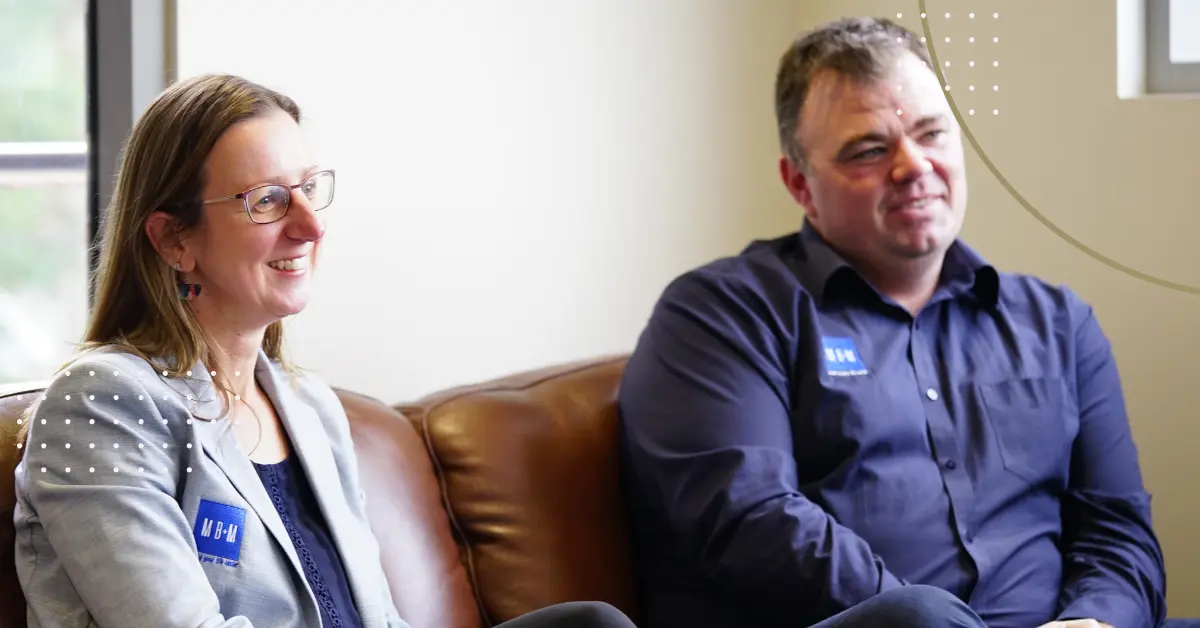The importance of SMSF succession planning


Preparing for loss of capacity or death is vital for SMSF members. It’s important to ensure your trust deed is watertight.
There are more than 600,000 self-managed superannuation funds (SMSFs) in Australia. These funds manage close to $900 billion of assets on behalf of over a million Australians.
Each SMSF’s trust deed is legally required to set out the rules for establishing and operating the SMSF. This includes its objectives, who can be a member of the SMSF, and whether benefits can be paid as a lump sum or as an income stream.
But what happens when a member becomes incapacitated, or dies?
Has the SMSF’s trust deed been worded in a way that will make it possible to give effect to the wishes of an incapacitated or deceased member, to the extent those wishes are consistent with superannuation laws?
If you are a member of an SMSF, it is important to ensure that you have ticked all the boxes when it comes to succession planning. To do this, it’s worthwhile considering obtaining tailored professional advice from an SMSF specialist.
Preparing binding death benefit nominations
SMSF members generally have a degree of ability to choose who will get their residual super benefits when they die, by making and giving the SMSF’s trustee a binding death benefit nomination.
This directs the fund’s trustee to pay the benefit to either a legal personal representative or one or more eligible dependants of the member.
However, depending on the wording of your SMSF trust deed and the nomination itself, it is possible that a binding death benefit nomination given by a member will expire after just three years (or any shorter period specified in the trust deed) under Regulation 6.17A of the Superannuation Industry (Supervision) Regulations 1994 (Cth). In that scenario, assuming the member is still alive, their death benefit nomination would then need to be renewed and there would be no death benefit nomination in place unless and until they do so.
But the High Court ruled last year that it is possible for a validly made binding death benefit nomination to last indefinitely if a trust deed’s wording is structured in such a way that effectively avoids the three-year automatic expiry.
This is a prime example of why it may be worthwhile getting professional advice around the wording in your trust deed covering death benefit nominations as well as your nomination form, including whether they are aligned with your preference as to how often (if at all) death benefit nominations need to be updated in order to be legally effective.
Preparing for loss of capacity or death
Another key aspect for SMSF trustees to consider and plan for is who would take control upon a member’s loss of capacity or death.
For example, problems can arise where someone wanted their super money to go to a child from a previous relationship, but where a second spouse controlling the fund was able to frustrate the wishes of the deceased.
It’s certainly worth asking how your wishes will be honoured if you lose capacity or die. Who will or could be running the fund in this situation? As there are a range of legal factors and restrictions that shape who would be eligible to operate the SMSF or make decisions on your behalf. Good quality expert legal and financial advice on these matters can go a long way to avoiding inconvenience, confusion and conflict in future.
Reversionary pension nominations
SMSF trust deeds can generally specify that a superannuation income stream that a member of the SMSF is receiving will automatically transfer to an eligible dependant beneficiary previously nominated by the member upon the member’s death. This nomination is typically referred to as a reversionary pension nomination.
For some SMSF members they can be very important, particularly for people who have a high tax-free component or who are expecting a life insurance payout upon their death.
Some SMSF trust deeds are worded in a way that gives priority to a reversionary pension nomination over a binding death benefit nomination, which can lead to unexpected or unintended outcomes after a member’s death.
Reversionary beneficiary nominations are not necessarily needed or suitable for everyone with an SMSF, but for those wanting to implement them it’s important to ensure they’re permitted under the terms of the trust deed and enforceable in the future.
Getting succession planning advice
SMSF trust deeds can be complex documents. It is vital to ensure that yours is structured to ensure it is best placed to conform to your wishes in the event you’re incapacitated or die.

Book an appointment
If you’re interested in booking an appointment, your first consultation is free, call us on 03 5821 9177.
Published 10 February 2024.
The information provided in this article is general in nature only and does not constitute financial advice.
